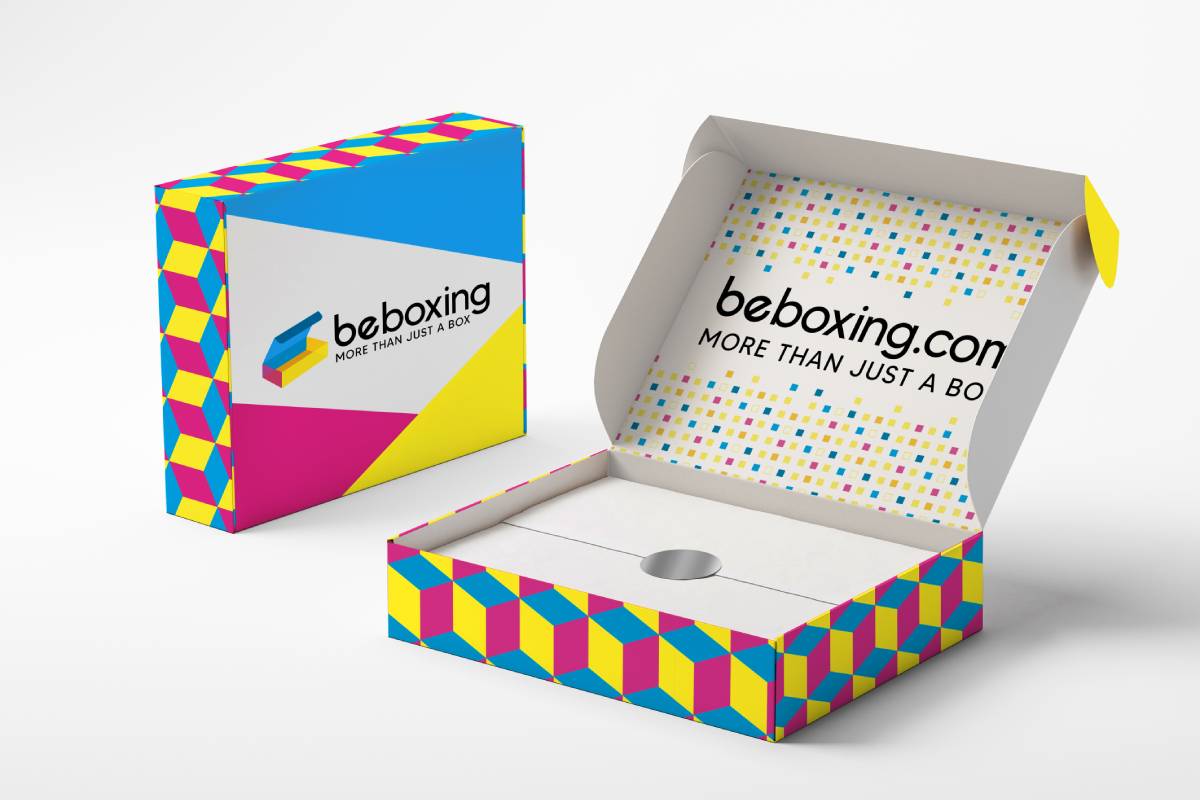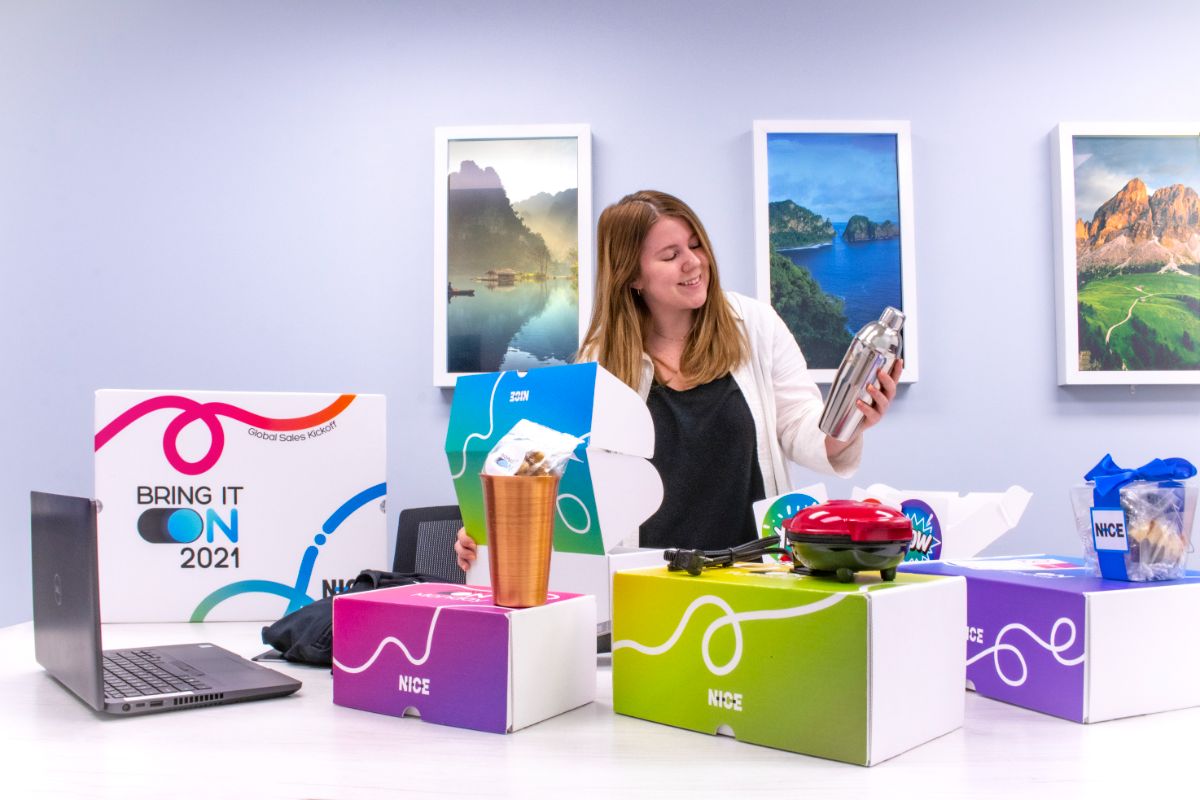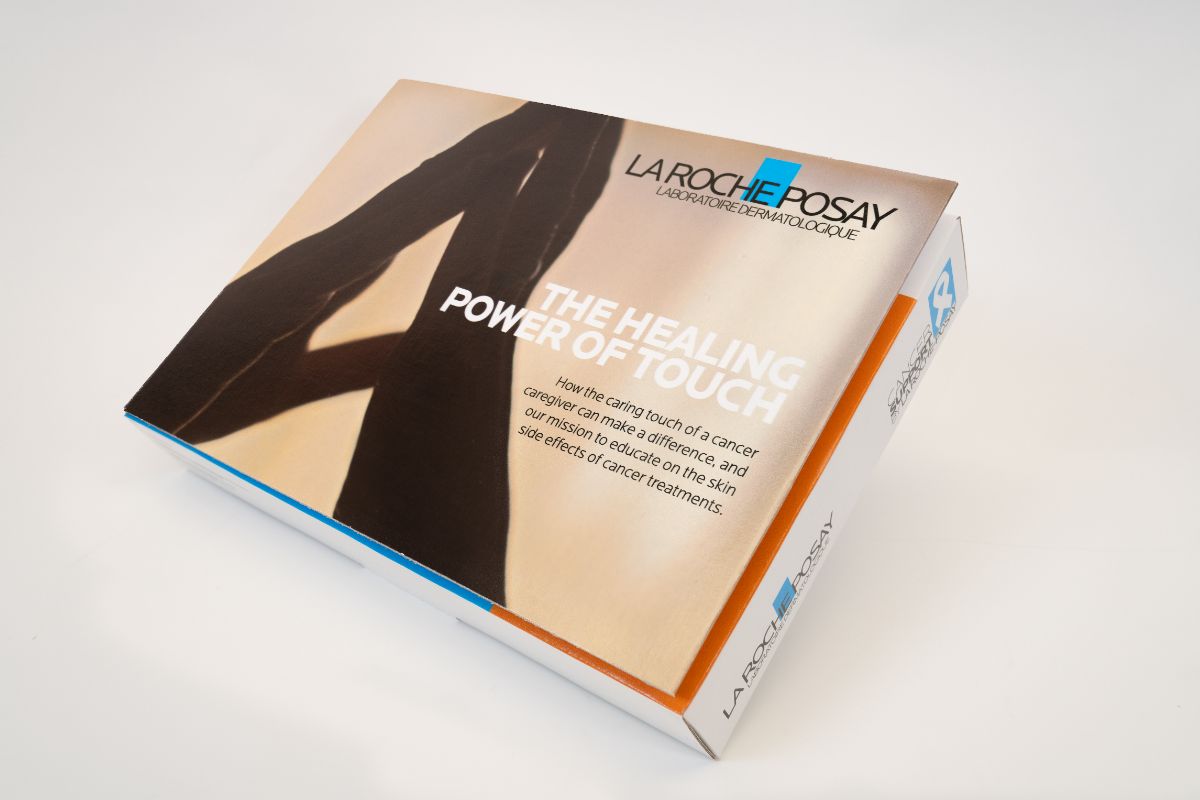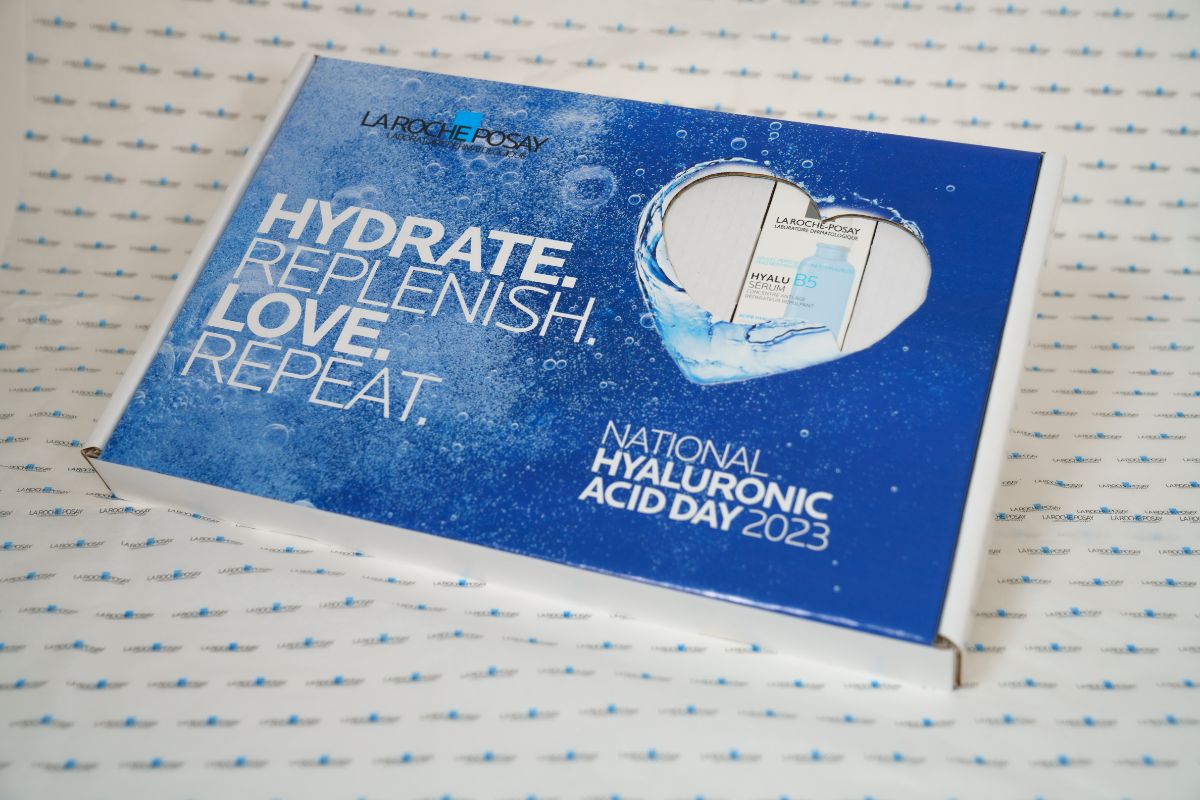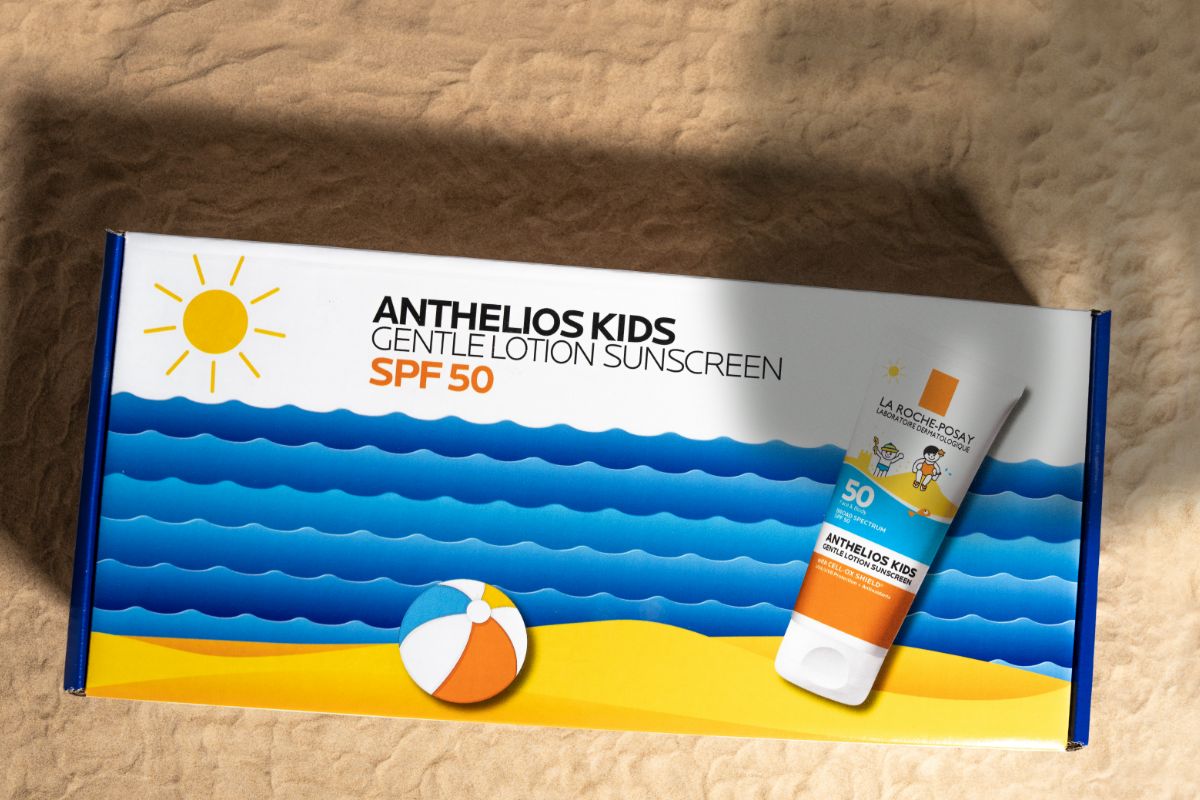How to Design Custom Packaging: Creating an Effective Packaging Experience for Your Customers
How to Design Custom Packaging: Creating an Effective Packaging Experience for Your Customers
In the current fiercely competitive market landscape, setting yourself apart is imperative for your business's success. An effective strategy to attain this goal involves crafting custom packaging designs for your merchandise. These personalized packages don't just safeguard the products but also function as potent marketing assets, forging an unforgettable and distinctive brand journey for your clientele. This article will delve into the intricacies of devising bespoke packaging, investigating the components that coalesce to form a compelling and impactful custom packaging design.
Why Custom Packaging Matters
Custom packaging is more than just a means to deliver a product; it represents a brand's personality and values. A well-designed custom package can evoke emotions, establish a connection with the consumer, and leave a lasting impression. In contrast, generic packaging may fail to capture attention, resulting in lost opportunities for engagement and brand recognition.
The Packaging Design Process
1. Know Your Audience:
Before diving into the custom packaging design process, it's crucial to understand the target audience. Conduct market research and create buyer personas to gain insights into your customers' preferences, interests, and buying habits. This knowledge will guide the design decisions, ensuring the custom packaging resonates with the intended consumers.
2. Align with Brand Identity:
Custom packaging should be an extension of a brand's identity and messaging. Consistency in design elements, colors, typography, and imagery helps reinforce brand recognition. It's essential to align the packaging design with the overall brand strategy, creating a cohesive and memorable brand experience.
3. Focus on Functionality:
While aesthetics are essential, functionality should not be overlooked. Custom packaging must protect the product during transit and storage, ensuring it reaches the customer in pristine condition. Incorporate elements such as protective inserts, resealable features, and eco-friendly materials to enhance both usability and sustainability.
Key Elements of Effective Custom Packaging Design
1. Simplicity:
Less is often more in custom packaging design. Simplicity allows for a clear and uncluttered presentation, making it easier for customers to understand the product and brand message. Avoid overwhelming visuals and excessive text, and instead, use clean lines and intuitive layouts.
2. Storytelling:
An effective custom packaging design tells a story about the brand and the product. Consider incorporating narrative elements through imagery, illustrations, or even a short message on the packaging. This storytelling aspect creates an emotional connection with consumers, making them more likely to remember and share their experience with others.
4. Color Psychology:
Colors evoke emotions and play a significant role in consumer perception. Use color psychology to choose hues that align with your brand and elicit the desired emotional response from customers. Consider cultural associations and the impact of color on the overall packaging experience.
5. Branding and Logos:
Integrate the brand's logo prominently into the custom packaging design. The logo acts as a visual anchor, reinforcing brand recognition and ensuring customers can quickly identify the product as part of your brand's portfolio.
6. Typography:
Typography can convey brand personality and messaging effectively. Choose fonts that complement the brand's identity while ensuring readability. Strive for a cohesive typographic hierarchy that guides the customer's eyes through the packaging and highlights essential information.
7. Eco-Friendly Materials:
Sustainability is a growing concern among consumers. Incorporating eco-friendly materials and design practices demonstrates a brand's commitment to environmental responsibility. Utilize recycled or biodegradable materials whenever possible and communicate these efforts to consumers, fostering a positive brand image.
Designing custom packaging is an art that combines creativity, functionality, and brand strategy. An effective custom packaging design not only protects the product but also creates a memorable and engaging brand unboxing experience for customers. By understanding the target audience, aligning with brand identity, and focusing on key design elements, businesses can create custom packaging that stands out in the competitive market, fosters brand loyalty, and leaves a lasting impression on consumers. Embrace the power of custom packaging and elevate your brand's identity to new heights.

